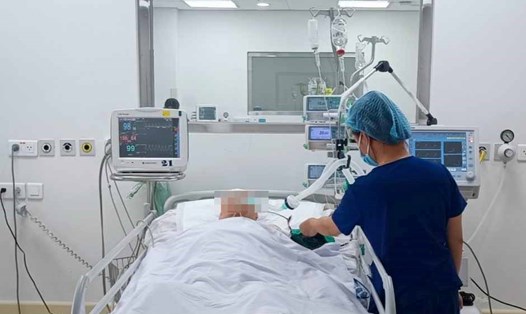According to Dr. Mukesh Kumar, Director of Max Super Speciality Hospital (India), epilepsy is a chronic brain disorder due to abnormal electrical activity in the brain, leading to convulsions. However, there are many confusion around this disease that people need to understand correctly.
Epilepsy is a mental illness
Epilepsy is not a sign of mental illness. This is a neurological disorder due to abnormal electrical activity in the brain, leading to seizures.
Epilepsy is just strong seizures
Many people believe that epilepsy only manifests itself through strong seizures. In fact, epilepsy is a group of neurological disorders with seizures is a manifestation, but not all patients have strong convulsions. Some people may only encounter temporary consciousness without significant signs of convulsions.
Epilepsy is the result of brain damage
Although epilepsy may appear after brain injury or stroke, more than 50% of cases are indicated as no clear cause.
Genetic, abnormalities develop in the brain and other disorders can also lead to epilepsy.
People with epilepsy cannot drive
Many people think that all epilepsy patients cannot drive. However, if the patient has controlled seizures for 6 months to 1 year (depending on the country), they can completely drive. It is important to consult a doctor before deciding.
Epilepsy is an easy -to -treat disease
Although epilepsy treatment can control seizures in many people, not everyone responds well when treating. About 30% of patients cannot control seizures despite trying many different treatments, from drugs to surgery.
Convulsions are always an expression of epilepsy
Convulsions can occur for many different reasons, not only due to epilepsy. For example, convulsions may be a sign of high fever, hypoglycemia, drug poisoning or metabolic disorders.
People with epilepsy cannot live a normal life
Many people think that epilepsy cannot have a normal life, but in fact, they can still participate in social, sports and work activities. With the support from family and doctors, patients can manage the disease effectively.
Try to prevent convulsions for patients
When witnessing people with convulsions, do not try to hold them back or prevent movements. Instead, you should make sure they are in a safe space, avoid hard or sharp objects, and do not interfere too much. After the seizure ends, assist them to recover and call for emergency if necessary.
These misunderstandings can increase unnecessary stigma and anxiety for people with epilepsy. Understanding the disease will help reduce fear and create opportunities for patients to receive appropriate support.








